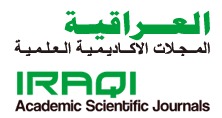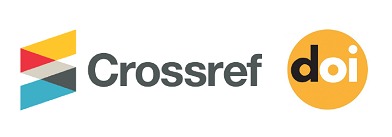Psychological Empowerment and its Relation to Degree of Ambition among National Center Staff for looking after Sports Talent
التمكين النفسي وعلاقته بدرجة الطموح لدى العاملين في المركز الوطني لرعاية الموهبة الرياضية
DOI:
https://doi.org/10.33170/10.33170/volالملخص
The research aims to:
-Construct a measure of psychological empowerment and degree of ambition among National Center Staff for looking after Sports Talent
-Identify the psychological empowerment and degree of ambition among National Center Staff for looking after sports talent.
-To identify the relationship between the psychological empowerment and the degree of ambition among National Center Staff for looking after sports talent.
The researcher used the descriptive approach by the survey method for its suitability for the nature of the research. The sample of the research included National Center Staff for looking after sports talent (managers of centers and trainers) in the governorates of Baghdad and Basrah. The games included football, handball, taekwondo, basketball, volleyball, Wrestling, table tennis, athletics, weightlifting, fencing, boxing, swimming), by 12 games. The total population was 287. The basic research sample consisted of 161 individuals. (124) individuals, (15) individuals, and (22) individuals were excluded .The application sample consisted of 70 individuals .The first measure was the psychological empowerment adopted by the researcher as a data collection tool. The construction procedures included: (determining the axes of the scale, determining the method of drafting the items, drafting the items of each axis in its primary form, and adopting the steps). The scientific procedures in the construction of the scale, including the content validity and the f the virtual scale validity, and the validity of the construction represented by (statistical analysis of items ) the methods of contrasting groups, and internal consistency, and the method used the half-term splitting in stability), and the second measure: the measure of ambition prepared by (Moawad and Abdel-Azim, 20 05), and was applied by Al-Sharafi, 2013) and (Mowadee, 2015). The measure consists of (24) items, and the statistical methods were limited to: arithmetic average, variance, standard deviation, Carlson's torsion equation, simple correlation coefficient,), The virtual mean of the measure, and the percentage









